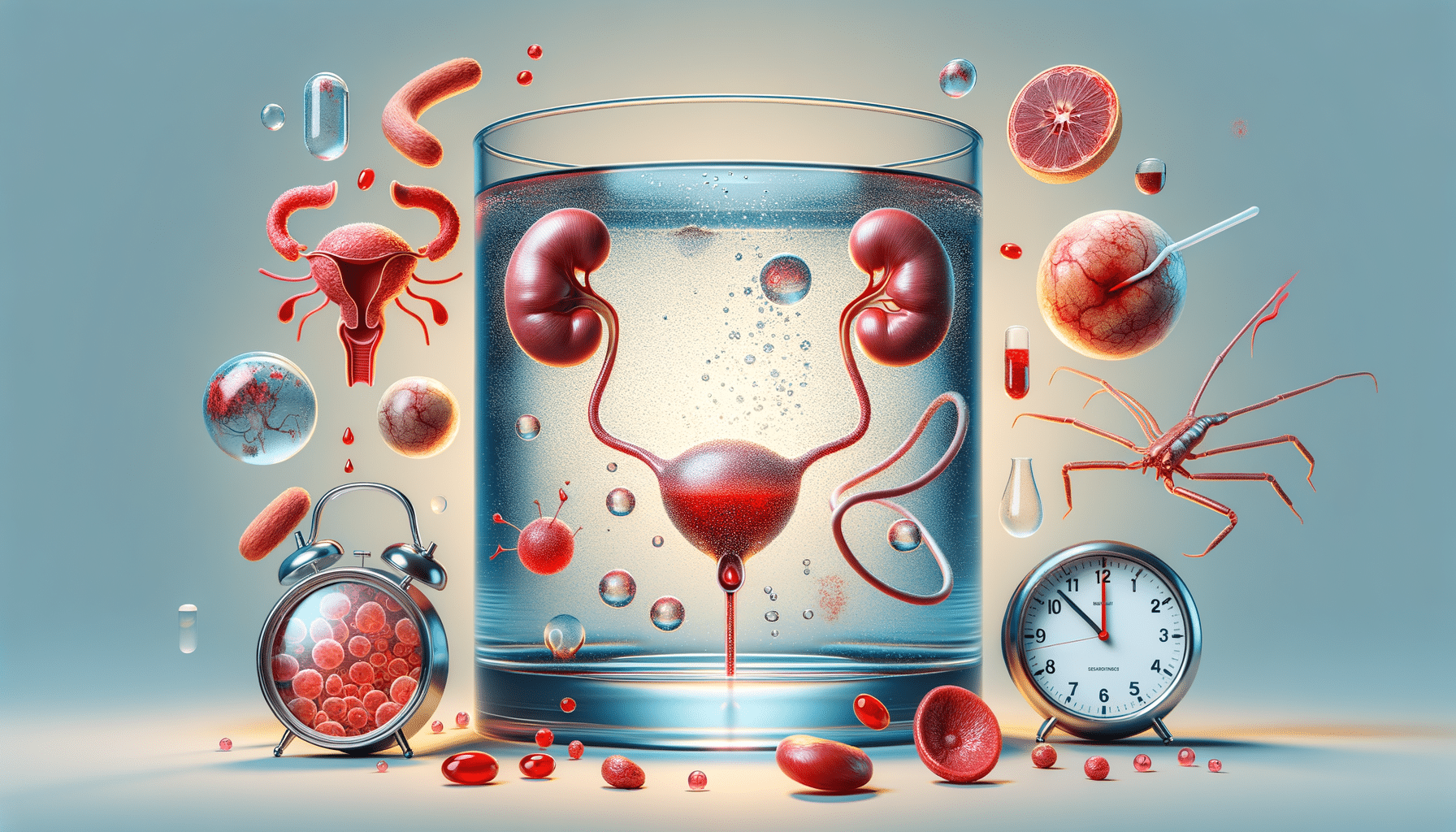
The Early Warning Signs of Bladder Cancer You Shouldn’t Ignore
Understanding Bladder Cancer
Bladder cancer originates in the cells that line the bladder, an organ responsible for storing urine. This type of cancer is relatively common and can affect individuals of any age, though it is more prevalent in older adults. Understanding bladder cancer is crucial for early detection and effective treatment. The majority of bladder cancers are transitional cell carcinomas, but other types include squamous cell carcinoma and adenocarcinoma. Each type varies in its origin and behavior, necessitating different approaches to treatment.
Risk factors for bladder cancer include smoking, exposure to certain industrial chemicals, and chronic bladder inflammation. Smoking is particularly significant, with smokers being at least three times more likely to develop bladder cancer compared to non-smokers. Moreover, a family history of bladder cancer can increase one’s risk, highlighting the importance of genetic factors.
Early detection plays a vital role in successful treatment outcomes. Routine check-ups and awareness of personal risk factors can aid in identifying bladder cancer at an early stage, where it is most treatable.
Common Signs and Symptoms
The signs and symptoms of bladder cancer can often be mistaken for other urinary tract issues, making awareness and vigilance essential. The most common symptom is hematuria, or blood in the urine, which may appear pink, red, or cola-colored. This symptom can be intermittent, leading individuals to overlook its significance.
Other symptoms include frequent urination, urgency, and pain during urination. These symptoms are often associated with bladder infections, but when persistent, they warrant further investigation. In some cases, individuals may experience back pain or pelvic pain, especially as the cancer progresses.
It’s important to note that these symptoms can be indicative of other conditions, such as urinary tract infections or kidney stones. Therefore, a thorough medical evaluation is necessary to determine the underlying cause and ensure appropriate treatment.
Risk Factors and Prevention
Understanding the risk factors associated with bladder cancer is crucial for prevention. As mentioned, smoking is a significant risk factor, contributing to a substantial percentage of bladder cancer cases. Chemicals used in the dye industry and those involved in the production of rubber, leather, and textiles also increase the risk.
Chronic bladder infections and irritation, such as those caused by long-term catheter use, can lead to squamous cell carcinoma of the bladder. Furthermore, individuals with a history of bladder cancer are at risk of recurrence, underscoring the importance of regular monitoring.
Preventative measures include quitting smoking, reducing exposure to harmful chemicals, and maintaining a healthy lifestyle with a balanced diet and regular exercise. Drinking plenty of fluids, particularly water, may help dilute harmful substances in the bladder, potentially reducing cancer risk.
Diagnosis and Treatment Options
Diagnosing bladder cancer typically involves a combination of tests and procedures. A urinalysis can detect blood in the urine, while a cystoscopy allows doctors to examine the bladder using a thin, lighted tube. If abnormalities are found, a biopsy may be performed to confirm the presence of cancer cells.
Once diagnosed, treatment options depend on the cancer’s stage and grade. Early-stage bladder cancer may be treated with transurethral resection, where the tumor is removed from the bladder lining. Intravesical therapy, involving the direct application of medication into the bladder, is another option for non-invasive cancers.
For more advanced cases, treatments may include surgery, chemotherapy, radiation therapy, or a combination of these. Radical cystectomy, the removal of the bladder, is sometimes necessary for invasive cancers. Advances in treatment continue to improve outcomes, making regular follow-ups and discussions with healthcare providers essential for managing the disease.
Living with Bladder Cancer
Living with bladder cancer involves adapting to various physical and emotional challenges. Patients may experience changes in urinary function, fatigue, and the emotional impact of a cancer diagnosis. Support from healthcare professionals, family, and support groups can provide invaluable assistance.
Managing side effects of treatment, such as nausea from chemotherapy or changes in body image post-surgery, is crucial for quality of life. Patients are encouraged to maintain open communication with their healthcare team to address any concerns and adjust treatment plans as needed.
Regular follow-up care is essential to monitor for recurrence and manage any ongoing symptoms. Lifestyle changes, including a healthy diet, regular exercise, and smoking cessation, can support overall well-being and potentially reduce the risk of recurrence.


